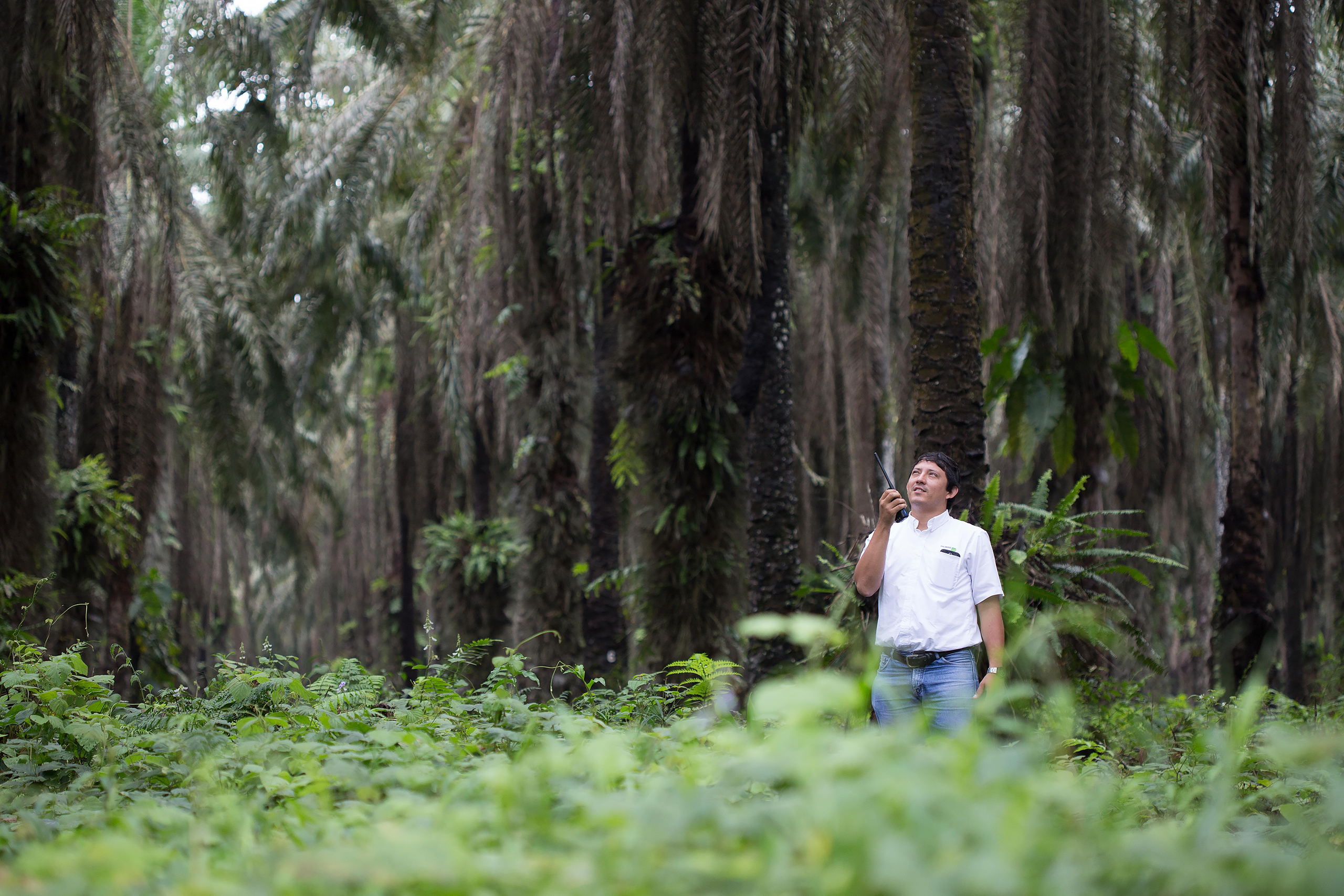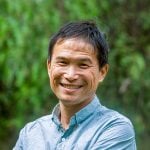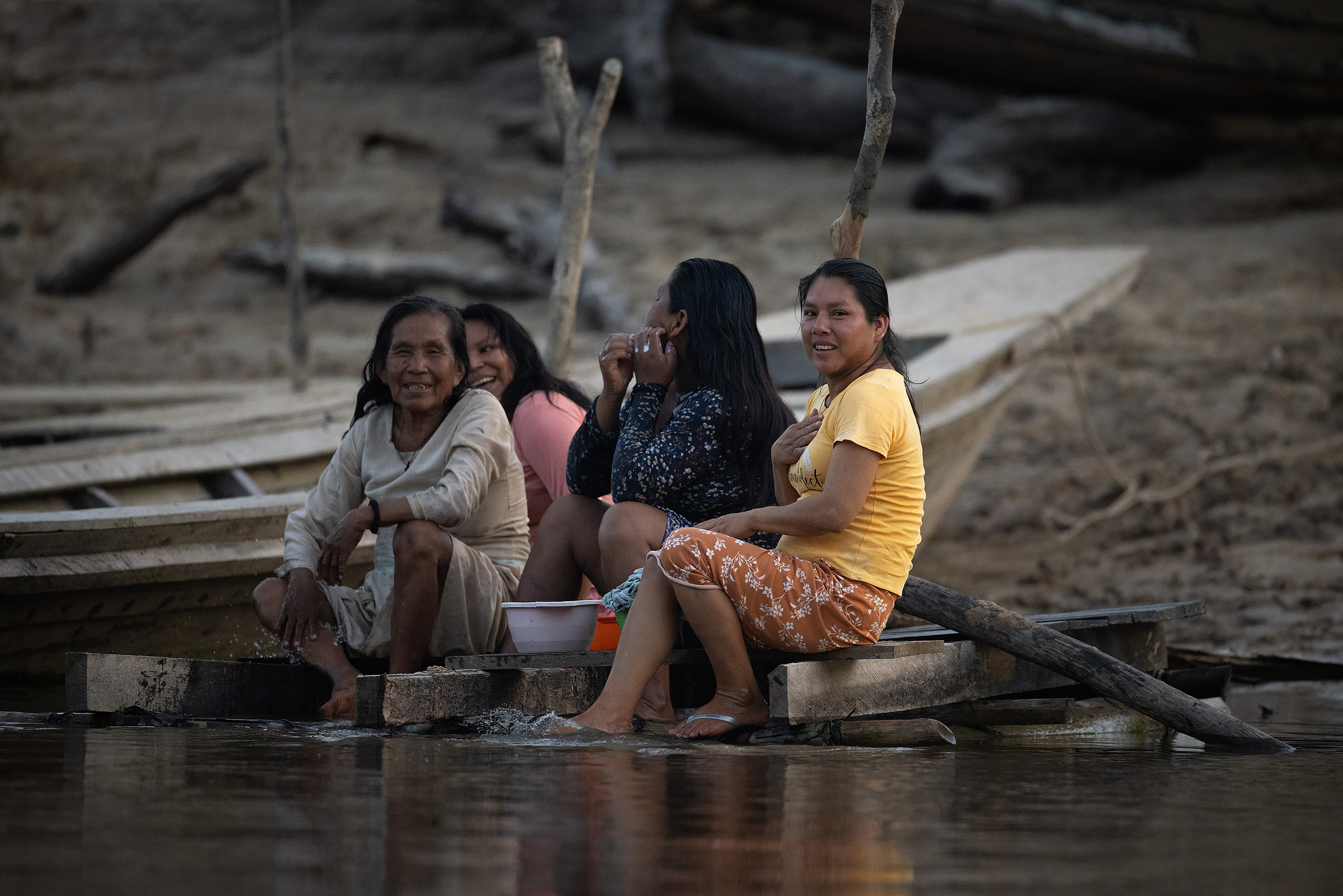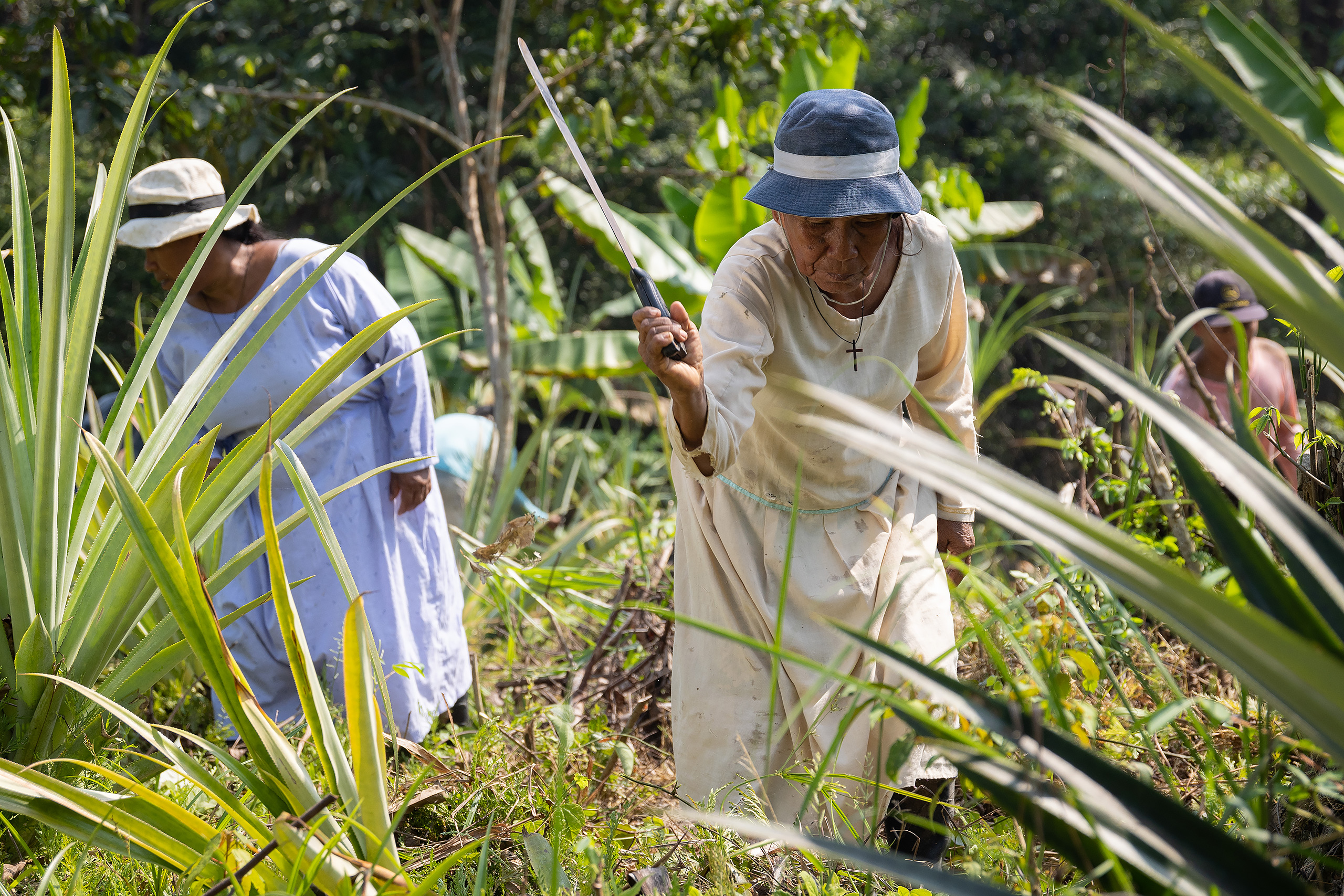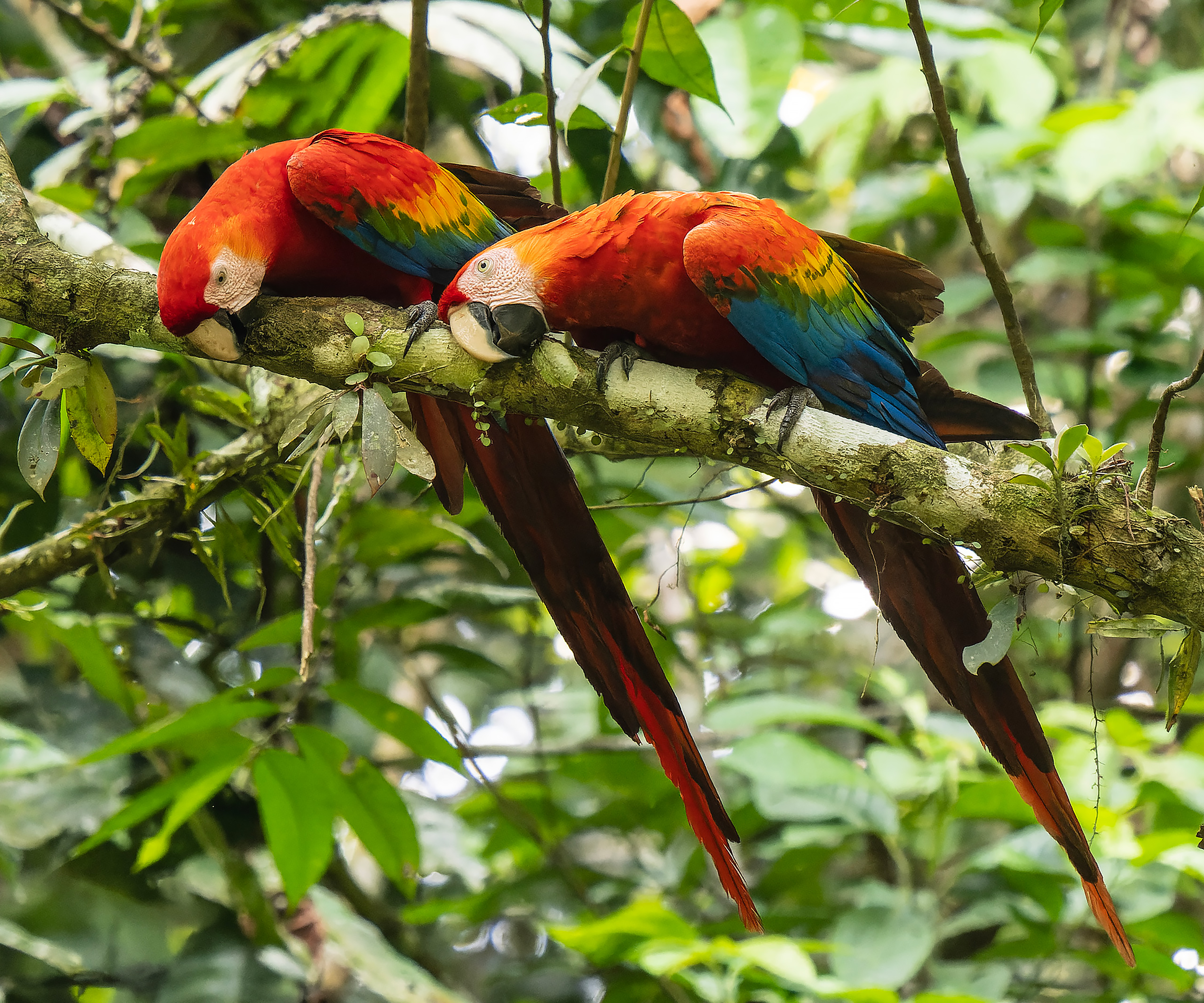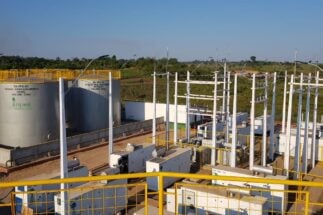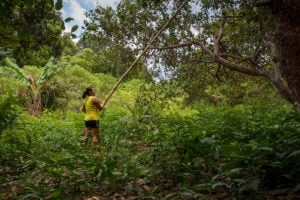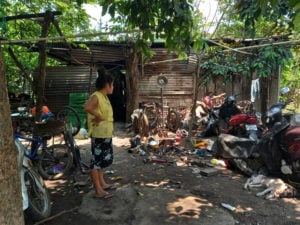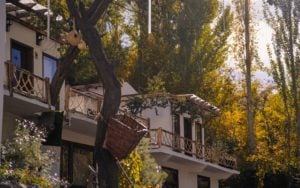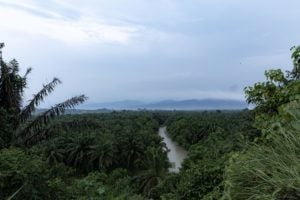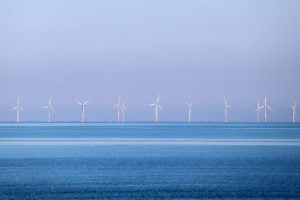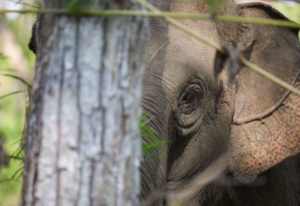With its increasing presence in our foods, cosmetics and fuels, palm oil has come under scrutiny for its record in driving deforestation in the tropical regions where it is produced. These concerns have given rise to international initiatives like the Roundtable on Sustainable Palm Oil (RSPO), which oversees one of the industry’s most widely used sustainability certification schemes.
Though they are smaller players in the global palm oil landscape, producer countries in Latin America have managed to maintain relatively decent records on sustainability, experts tell China Dialogue. “This region has the highest percentage of certified palm oil in the world, which is around 35%,” explains Yasmina Neustadtl, the RSPO’s market transformation manager for Latin America.
“The big drivers of deforestation in countries like Ecuador are palm, coffee, cocoa, and cattle ranching,” says Carolina Rosero, director of Conservation International’s Amazon programme in Ecuador. “The only ones that are taking care to correct past mistakes in search of a better future are in the palm sector, with certifications like RSPO,” she says.
Oil palm plantations in the region are also “mostly being developed in previously degraded forest areas”, according to Gustavo Gómez, senior project manager at Proforest, a nonprofit promoting responsible commodities production.
However, despite its good record, Latin America has not escaped the high risks often posed by the growth of palm oil production. A recent investigation by the IUCN (International Union for Conservation of Nature) and Netherlands-based NGO AidEnvironment warned about the threats of deforestation for oil palm cultivation in Colombia. According to the subsequent report, between 2021 and 2022, 23,311 hectares of forest around these plantations were burned to make way for production.
In response, Colombia’s National Federation of Oil Palm Growers (Fedepalma), the NGO Solidaridad, and the Tropical Forest Alliance sent a letter asking for a retraction and corrections, claiming that the study’s approach and methodology had been inadequate. IUCN removed the report from its website, stating that they are revising for republication at the end of June.
Rosero says: “The most difficult thing is the control and traceability of these plantations. This is something that needs to be worked on at all levels, from national governments to small- and medium-sized producers. It is important not only to stop deforestation, but also that these crops contribute to conservation.”
Neustadtl explained how the RSPO works with different procedures to help prevent deforestation and bring about restoration. She says the RSPO has around 150 indicators in their Principles and Criteria that ensure “the whole value chain is sustainable, that it respects the environment and human rights, and that it does not generate more deforestation. And one of them is the Remediation and Compensation Procedure (RaCP). I like to call it the star of the RSPO.”
What is the RaCP?
The RaCP applies to companies that control high conservation value (HCV) land that has been cleared for palm oil production since November 2005. These companies are obliged either to restore these areas or compensate for lost conservation values. The threshold is November 2005 because that is when RSPO brought in its requirements and guidelines for certification. Crops that have caused deforestation since then cannot be certified.
High conservation value (HCV) areas are habitats with outstanding biological, ecological, social or cultural value.
They can include forests, grasslands, watersheds or whole landscapes, which should be appropriately managed to maintain or enhance their value.
The HCV approach was developed by the Forest Stewardship Council in 1999 and is now widely used by various certification schemes.
In order to meet RSPO certification requirements, members must submit HCV assessments of their land before developing new areas for production. If they are found to have previously cleared HCV areas without conducting this assessment, the RSPO withholds certification until a RaCP is completed.
First, the environmental and social liabilities caused by a grower’s non-compliant land clearance are calculated, using a Land Use Change Analysis (LUCA), including the number of hectares to be remediated or conserved. Growers must then submit a plan detailing the actions they will take to account for their losses. On top of the RSPO’s requirements, growers “must add an element of additionality – that is, do more than what they are required to do,” says Neustadtl.
Two types of projects are accepted under the RaCP: those in which companies directly remediate the affected site or parties, and those in which they support conservation projects led by third parties, usually NGOs. In Latin America alone, there are around 90 currently active RaCP projects, and each must be funded by the company for 25 years.
Rosero says that as the RaCP allows for indirect remediation for loss of conservation values, some may see the mechanism as “a kind of greenwashing, where deforestation is overlooked”. She says that Conservation International has worked alongside other commodity-certification standards to improve the quality of remediation initiatives, which she says must benefit “the thousands of families” who depend on palm oil.
Conserving on their own
Palmas del Espino is a subsidiary of Peru’s largest palm oil producer and exporter, Palmas Group, and has been operating for over 40 years. It controls nearly 34,000 hectares of land across three regions in central Peru. It has its own crops, and at the same time extracts, refines the oil and makes products such as soaps, and various inputs for the food industry. In 2021, the company produced more than 172,000 tonnes of crude palm oil. Its main clients are Nestlé and Pepsico, and it has been working towards RSPO certification since 2016.
“In 2015, an article was published in the Guardian stating that we were developing a project that would lead to the deforestation of thousands of hectares of primary forest,” says Sandra Doig, responsibility manager at Palmas del Espino, recalling one of the company’s motivations for seeking certification.
It was clear to us that sustainability is a competitive advantageSandra Doig, responsibility manager at Palmas del Espino
“That forest had all the permits in order since the 1970s because the government wanted to develop palm projects, which in the end did not work out. When we bought the forest [in 2015] there were already about 700 hectares with plantations,” says Doig.
The situation became a turning point for the company. “It was clear to us that sustainability is a competitive advantage,” she recalls, saying the company decided to pursue less damaging production despite this being “the more demanding side” of the market.
“It would have been easier to sell [the forest area], but after analysing it and discussing it with the RSPO team, after doing our LUCA, we decided to conserve the 14,000 hectares,” says Doig. She says that the company was originally supposed to conserve or remediate 6,000 hectares, according to the RSPO’s calculations.
Doig says the company has no regrets over taking this approach, despite the fact that developing the project would have reportedly allowed it to grow its revenue by up to 40%.
Around 700 families had settled across the estate, driven by hopes of working on the oil palm projects that the government had planned to develop since the 1970s. “How could we tell them that we would not touch the forest if they were hoping for this crop? So since last year, we have been working with them to find economic alternatives to keep the forest standing,” says Doig.
Currently, much of the population works in the production and sale of charcoal, which itself can contribute to deforestation. Palmas del Espino have been working with the Institute for Investigations in the Peruvian Amazon (IIAP) – an entity linked to the environment ministry – and the National Agrarian University of La Selva, to promote research on the soils and ecosystems in the area, to gain the knowledge necessary to develop plans for alternative livelihoods.
Supporting NGOs
In some RaCP cases, compensatory action may be agreed upon and carried out at a different location to where the original deforestation, and loss of high conservation values, took place.
NaturAceites is a Guatemalan company that operates across the palm oil supply chain, including growing, processing, refining and manufacturing consumer goods. It is fully certified when it comes to its own plantations, but also processes oil from third parties. In all, around two-thirds of its palm oil is certified, but it hopes to reach 100% by 2025.
To monitor this production, NaturAceites has contracted the company Satelligence, which sends them reports every three months indicating any changes in land use that are generated in their concessions and in their supply base, including their sub-contracted growers.
“We have 100% traceability of the fruit because we don’t buy from just anyone,” says Héctor Herrera, the company’s sustainability manager. “They [the suppliers] are duly audited by us and certified by the RSPO.”
Herrera explains that 3% of their production comes from forests that were deforested or degraded after 2005. For this reason, they had to develop a conservation project.
Their first initiative was the Perú-Peruito project, covering a 9,400-hectare area of forest in the south of the Laguna del Tigre National Park, part of the Maya Biosphere Reserve that covers one-fifth of Guatemala’s land area. It is possibly the last remaining nesting place of the scarlet macaw, which is nationally endangered, according to the Wildlife Conservation Society (WCS) Guatemala.
“They needed the funding,” says Herrera, referring to the public–private alliance in charge of conserving Péru-Peruito, which is formed of WCS Guatemala, the NGO Solidaridad and the Guatemalan government. The government could not afford the cost and international funding was not forthcoming, he adds.
In this project, which according to the requirements of RaCP will be funded by NaturAceites for 25 years, they are also working on patrolling and environmental education with the municipality of San Andrés Petén, a community of 1,500 that borders the area.
“Because of the RSPO certification, we were obliged to conserve 260 hectares, but with this project alone, we are exceeding 9,000 hectares,” says Herrera.
A smaller project is being developed in the Bocas del Polochic wildlife reserve. In this wetland area, NaturAceites is supporting the conservation group Defensores de la Naturaleza (Defenders of Nature) in their work to raise awareness among artisanal fishers to prevent the catch of manatees, which are sought after for the supposed aphrodisiac qualities of their fat.
The project also involves initiatives to use biological corridors to reconnect fragments of forest and protect existing connections between forests and rivers. Herrera says these allow wildlife to be protected without affecting their water sources and nesting areas. Herrera adds that the company is also conserving 1,990 hectares of primary forest around its plantations nationwide.
Herrera emphasises the important role collaboration with NGOs has played in their projects: “For us, involving NGOs and civil society is the best and most transparent way to conserve. We are not specialists in conservation, so we look for third parties who do know. We have a lot of confidence in these alliances.”
The sustainability manager says the 25-year fund is worth around US$780,000, with 80% dedicated to Laguna del Tigre and 20% for the manatee project. “We are protecting 36 times more than what we have impacted in the past,” Herrera says. “That’s where the additionality lies.”
This article was originally published on China Dialogue.
